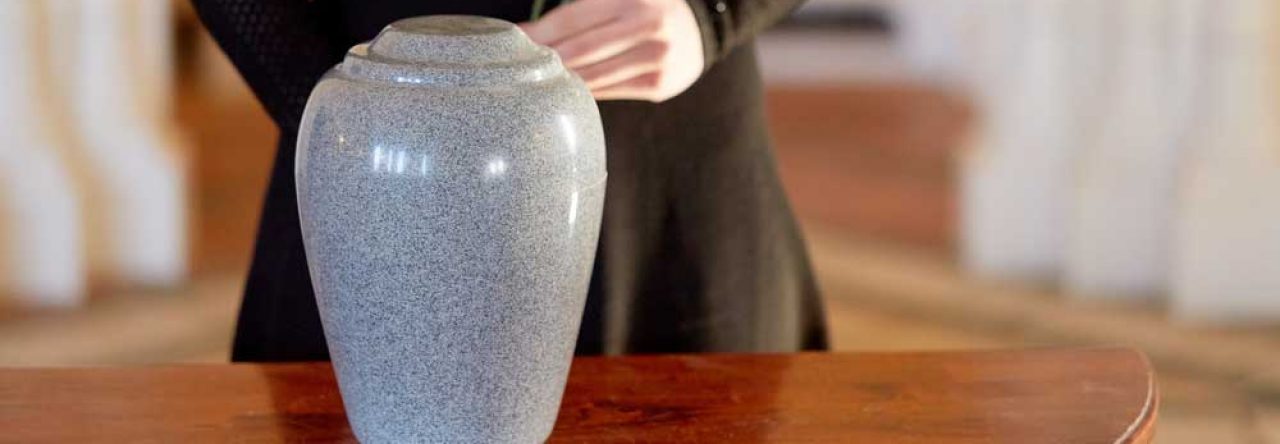The drive shafts transfer the engine's force from the engine to the hub of the wheel at a constant speed with no friction fluctuations or play when cars are equipped that have an independent suspension. They must withstand stress without adding inertia due to the weight they carry. You can contact https://pstds.com/custom-driveshafts for a custom driveshaft.
The driveshaft is usually comprised of three major components:
A fixed external constant velocity joint (CV joint).
A plunging joint with an internal plunge.
A shaft that is connected to an interlocking connection.

Image Source: Google
To ensure the best possible functioning of the driveshaft, the right design decisions must be made.
Driveshaft designs:
Work only when system vibration and noise requirements are fulfilled.
No perfect design or combination of features is required.
Different designs may meet the same specifications.
Driveshafts can be equipped with:
Solid or hollow bars, Dumpers, Bearing, A flange to host the bearing,
Security safety precautions:
Before removing the driveshaft and CV joint, you must: Lift the vehicle, Release the bolt holding the device, Unlock the wheel.
Don't move the vehicle while the hexagonal wheel bearing nut is loose or the bolt that holds it is broken, since it can endanger the wheel bearing and reduce the life of the wheel bearing.
To make it easier to remove the driveshaft remove the bolts that secure the drive shaft between the wheel bearing housing and the ball joint on the lower knuckle.
